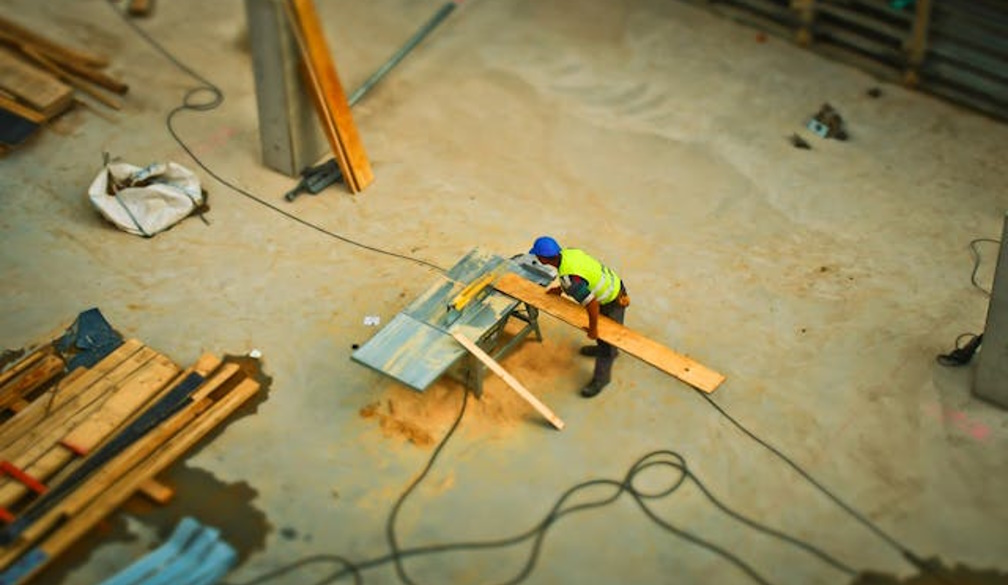How to Keep Your Construction Site Running Smoothly

There’s a fine line between a well-oiled machine and absolute chaos when it comes to construction. If you’re in charge of a site or even just trying to keep one afloat without losing your mind, you’ve probably already learnt that systems save lives. Or at least they save you from a headache the size of a scaffolding tower. So, let’s talk about how to keep it all running without everything falling in on itself, literally or metaphorically.
Start With People, Not Paperwork
You can have the best software in the world, but if your team is running on fumes or confusion, the whole thing’s going to fall apart. Before obsessing over forms and permits, get to know your crew. Who is actually good at what they do, and who is quietly holding the whole thing together while someone else talks over them in the toolbox meeting?
Understanding the people side of your site is where the real groundwork starts. So, chat with your team and learn to build trust. A team that communicates well can fix a mistake in minutes. When there’s no effective communication, that’s where delays creep in and tempers start boiling under the hi-vis.
Keep Your Gear in Check
Tools, machinery, and vehicles are the lifeblood of the site, and when they go down, work stops. It’s not this awfully complicated thing you just can’t help but neglect, but it still somehow ends up being the thing people leave to the last minute. Preventative maintenance might sound boring, but it’s cheaper than having a skid steer out of action for a week because no one checked the oil.
Get someone on it. Make sure batteries are charged, attachments are stored properly, and heavy duty steel conveyor rollers are inspected regularly for wear and tear. Those rollers cop a beating, especially in high-load environments, and if one fails mid-job, you’re in trouble.
Clear Plans, But Flexible Execution
Every job needs a plan, obviously. But if there’s one thing about construction, it’s that something always goes sideways. Rain ruins concrete pours, suppliers deliver a week late, or a neighbouring property suddenly pipes up about dust and noise like they didn’t notice the giant crane rolling in last week.
So, have your timelines and your budget and your nice, neat Gantt chart. But don’t get too precious about it. Build in room for movement by padding your timelines slightly. And set priorities, so that your team knows what to do if deadlines become a little too tight.
Don’t Underestimate the Power of a Good Supplier Relationship
Materials are half the battle, and suppliers can either be your best friends or the reason you now have eight workers standing around with nothing to do. Build those supplier relationships, and touch base early. And don’t be the person who yells and throws a tantrum when there’s a delay. It’s not cool, and it’s not good for the business either, because you will be labelled as that guy.
You should also check lead times and availability before locking things in. If a supplier knows you’re organised and not just going to yell down the phone every time something shifts, they’ll usually go the extra mile when things get tight. And if something does go wrong, you’ll be at the top of the list for a quick fix, and not the guy they ghost because he lost his cool over a delayed load of rebar.
Keep Learning, Because the Industry Keeps Changing
You’d think once you’ve been on a few sites, you’ve seen it all. But nah, there’s always something new. Regulations get updated, and equipment gets smarter. Even the way teams work together shifts over time.
One of the best ways to keep your site smooth is to keep learning. That might mean brushing up on a course, checking out new tech, or even just swapping ideas with someone on another site. If you're in the business side of things, courses like project management refreshers or even niche stuff can help you keep running your construction site smoothly.
Conclusion
A smooth site is achievable if you’re staying sharp, adapting fast, and keeping people, tools, and plans aligned. When the basics are solid and the team’s switched on, the whole operation runs like it’s meant to. Construction is never flawless, but with the right mindset, it doesn’t have to be messy. So, do it smart, do it steady, and you’ll always be one step ahead.

















